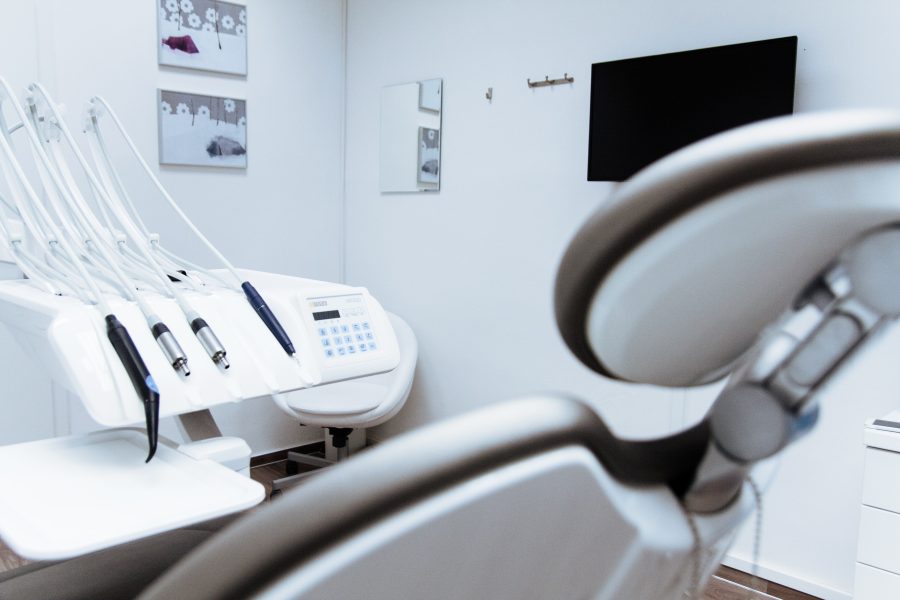Maintaining good oral health is vital, and having dental insurance can play a significant role in ensuring affordable access to dental care. In this article, we will explore different types of dental insurance plans available to help individuals and families make informed decisions about their oral health coverage.
Indemnity Dental Insurance: Also known as traditional dental insurance, indemnity plans offer a fee-for-service model. They provide the freedom to choose any dentist and typically cover a percentage of the dental costs, while the insured individual pays the remaining balance.

Preferred Provider Organization (PPO) Plans: PPO plans offer a network of dentists who have agreed to provide dental services at discounted rates to plan members. PPO plans offer more flexibility than HMO plans, allowing individuals to receive care from both in-network and out-of-network providers.
Health Maintenance Organization (HMO) Plans: HMO plans require individuals to choose a primary care dentist from a network of providers. The primary dentist coordinates all dental care and referrals. HMO plans typically have lower premiums but require individuals to stay within the network for coverage.
Exclusive Provider Organization (EPO) Plans: EPO plans offer a network of dentists, similar to PPO plans. However, unlike PPO plans, EPO plans do not provide coverage for out-of-network dental services. This type of plan is suitable for individuals who prefer to stay within a network of dentists.
Point of Service (POS) Plans: POS plans combine elements of both HMO and PPO plans. Individuals choose a primary dentist from the network but also have the option to receive care from out-of-network providers. However, individuals may need to pay higher out-of-pocket costs for out-of-network services.
Discount Dental Plans: Unlike traditional insurance plans, discount dental plans offer reduced rates on dental services for members who visit participating dentists. These plans are not insurance but can provide cost savings for individuals who do not have comprehensive dental coverage.
Catastrophic Dental Insurance: Catastrophic plans are designed to provide coverage for major dental treatments and emergencies. They typically have higher deductibles and lower premiums, making them suitable for individuals who are primarily concerned about extensive dental procedures.
Employer-Sponsored Dental Insurance: Many employers offer dental insurance as part of their employee benefits package. These plans can vary in terms of coverage and cost, but they often provide a range of options, allowing employees to choose the plan that best fits their dental care needs.
Understanding the different types of dental insurance plans is essential for individuals and families seeking comprehensive oral health coverage. Whether you prefer the flexibility of a PPO plan, the affordability of an HMO plan, or the cost savings of a discount plan, exploring and comparing your options can help you make an informed decision about your dental insurance coverage. Remember to consider your dental care needs, budget, and preferences when selecting a plan that suits you best.


